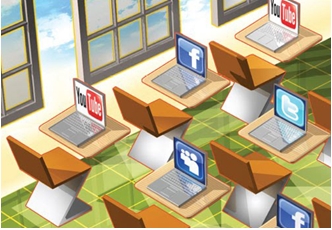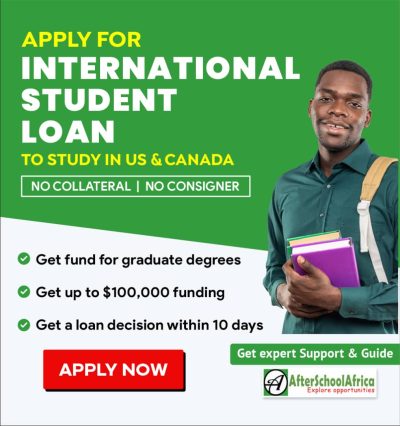Technology is ubiquitous these days. Everyone has a cell phone, a laptop, a tablet and/or an iPod. It seems that companies are constantly releasing new gadgets meant to save time and make life easier. This means that everything we do is centered around technology, including our personal lives and our workplace which also means that it plays an important role in our classroom.

It is necessary for students to adapt to and use new technologies since that is the way society is moving. It is a skill every student will greatly benefit from when they move into the workforce. Teachers should make it a priority to give students the opportunity to use these tools and devices.
The world communicates through social media these days: Facebook, Twitter, blogs. As a student, you are using these sites in your personal life; you are familiar and comfortable with them. Using such sites in a classroom setting will help facilitate understanding between teacher and students since the teacher is speaking a familiar language.
Using Twitter in Classroom
There are many interesting ways that social media can be useful in the classroom. For example, Twitter is a helpful tool to facilitate discussions in class. If students are used to Twitter, they are more likely to participate in a tweet discussion than in a regular classroom discussion. Some shyer students will feel more comfortable participating in this way, and students who were previously disinterested will find it more stimulating. Furthermore, the 140 character limit of a tweet means that students must put more effort into being straightforward and succinct. This can help students to develop better communication skills.
Using Blogging in Classroom
Blogging has also become very popular in recent years, and this form of social media holds benefits in the classroom too. Blogs can help to foster independent learning in students because you have the ability to take control over your learning: you are responsible for your blog and its content, and you can feel a sense of ownership over your studies and knowledge. Having that proprietary feeling will help fan your interests and motivate you to find connections between what you are learning and what you are interested in.
A student who is fascinated by basketball for example, may have an easier time learning the class material if they are allowed to have a blog that puts the material into the context of their interest in the sport.
Blogging is also beneficial because it opens up the world to students. Having a blog allows people from all around the world with varying cultures, experiences, and viewpoints to contribute to the discussion. Being exposed to these differing perspectives can be extremely enlightening, especially for young people who may not have experienced much of the world yet.
Blogs are also personal, allowing for more freedom and creativity. Being an active creator can spark curiosity and an interest in further learning. For example, a blogging project may include a role-playing activity. A student may have to write their blog from the perspective of a fictional character. Getting into the character’s head this way, and having to interact as that character through aspects such as comments from other students, can open another level of understanding for the student and get them to think about things in ways they may not have before.
While social media has many wonderful uses in the classroom, there are still some precautions that educators should take when trying any of these techniques. In order for social media to be of the utmost benefit in the classroom, there need to be clear and established guidelines for its use. Educators need to make the commitment to monitor what students are doing. It is easy for anyone to get distracted while on the internet, whether by the many cat videos on YouTube or their own personal Facebook page. Teachers need to be aware of what their students are doing, so that they can bring them back on track when necessary.
The internet brings a certain level of anonymity, which opens up the possibility of cyber-bullying. It is no secret that people are not always nice, and young people can be especially cruel to one another, so teachers must be particularly vigilant in ensuring that no student is taking advantage of the internet’s facelessness to torment a classmate. Again, awareness of the online activity of the students is very important.
Lastly, the use of social media can blur the lines of what constitutes an appropriate teacher-student relationship. Being Facebook friends with a student on a teacher’s personal account is probably not a good idea. Facebook is characterized by webs of friends, and being able to see friends of friends, so even though a teacher may be very conscious of what he or she is posting to his or her own page, there is less control over what other friends might be posting. It is a good idea to have a professional account on sites such as Facebook and Twitter in order to have those relationships with students and still maintain good boundaries.
Some technology is more of a hindrance than a help to learning, but social media has its uses, and can open up a world of possibilities for students and teachers alike, so long as it is executed with creativity, openness, and a good sense of what is and isn’t appropriate.
Author’s Bio: Lena Paul is a Medical School graduate who is an enthusiastic blogger and holds an editorial position in Prepgenie, a test prep provider that offers GAMSAT sample questions and GAMSAT preparation to the students.









